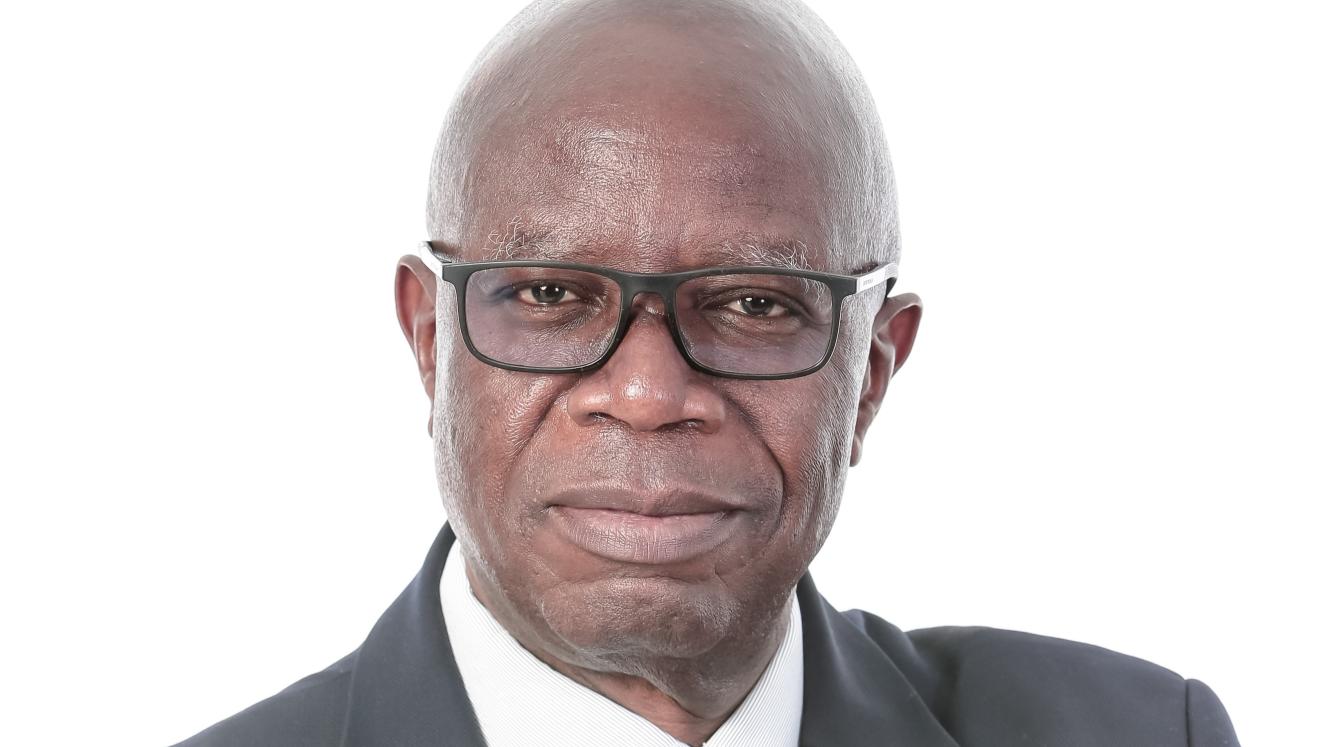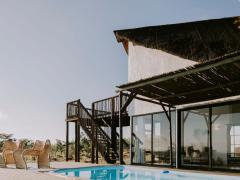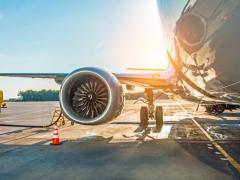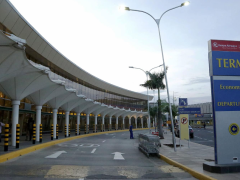Air Zimbabwe has approached government with a proposal to write off the government-owed portion of its US$341m (€292m) debt as ‘shareholder contribution’.
Of the full amount, 92.2%, US$314m (€269m), is local debt, while the foreign debt constitutes 8% – US$26.1m (€22.4m). The breakdown of debt is as follows:
- 26.6% lies with Zimbabwe Revenue Authority (Zimra) for PAYE, VAT and Rebated Travel – US$90.7m (€77.7m)
- 24.9% is in Ministry of Transport loans – US$84.9m (€72.7m)
- 10.7% lies with the Civil Aviation Authority of Zimbabwe (CAAZ), and Public Service Commission (PSC), rates – US$36.3m (€31.1m)
- 10.6% is in staff salaries and allowances – US$36.1m (€30.9m)
- 6.7% sits in the CBZ Bank Limited historical overdraft/loan – US$23m (€19.7m)
- 5.9% makes up NHS handling amounts – US$20.1m (€17.2m)
“From Air Zimbabwe side, we have approached government with a proposal for the facilitation of set off arrangements in respect of the portion of our legacy debts due to quasi-government entities. As for the details on the set off, the correspondences and the proposals were part of a broader proposal, including other affairs of the airline that are still confidential. However, the intricacies of the set off are that it focuses on inter-debts between the airline and government, government departments and parastatals,” said the airline’s Corporate Services Manager, Tafadzwa Mazonde.
Debts to non-government entities range from US$500 000 (€428 300) to nearly US$2m (€1.7m) and include Total Zimbabwe, Cimas, and Zuva Petroleum. While foreign debt is owed mainly to service providers, pre-tax refunds and statutory obligations in Lusaka and London.
Mazonde says the parastatal has, to date, managed to offset a significant portion of its debt through “set-off arrangements”. “This is a process which is currently ongoing and to date we have managed to extinguish a significant portion of such debt through set off arrangements against what is owed to Air Zimbabwe from some other government-related institutions. The government has also stated in various circles that there is a debt takeover process that is in motion.”
Last year, Air Zimbabwe formulated a turnaround strategy, which includes the following:
- A minimum of US$45m (€38.6m) is required in the short-term, to return the airline to viability.
- The carrier needs US$6m (€5.1m) to buy a fleet of three aircraft. It is unclear whether these are the three aircraft still to be procured through the purchase agreement with DWC.
- US$4.6m (€3.9m) is needed for Iata clearing house joining fees, among other financial obligations.
These financial needs are significant, but the airline is finding difficulty in attracting potential investment partners due to its unhealthy financial state. Competition is also heating up, as other airlines vie for the Harare-Bulawayo route which used to be a preserve of the Zimbabwe national carrier. “Like any other entity, the emergence of competition on previously monopolised routes will, in the immediate [future], affect us. However, we believe competition is healthy and we are preparing well for such,” said Mazonde. “We are working on a number of initiatives to cushion us against such competition, and this also includes adjusting some of our operations to enable us to competitively withstand the new phenomenon.”













